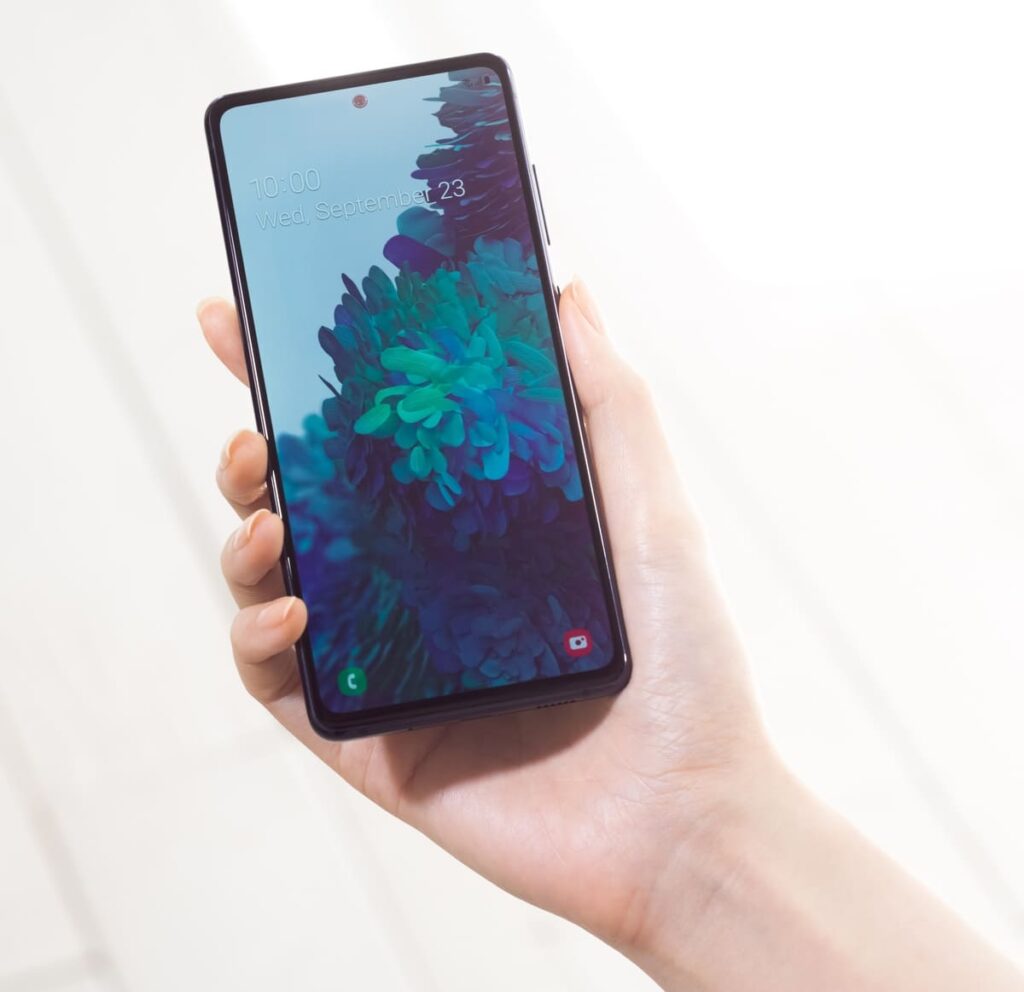In this article, we will explore the possible causes of this issue and provide a comprehensive troubleshooting guide to help you resolve Samsung Galaxy S20 FE 5G unresponsive touch screen issue.
Understanding the Unresponsive Touch Screen Issue:
Before diving into the troubleshooting steps, let’s first understand what an unresponsive touch screen means. An unresponsive touch screen refers to a situation where the display does not register any touch input or responds inconsistently to touch commands. This can be frustrating, as it hampers the overall usability and functionality of the device.
Possible Causes of an Unresponsive Touch Screen:
- Software Glitches: In some cases, temporary software glitches can cause the touch screen to become unresponsive. This can be due to conflicting applications, outdated software, or minor system errors.
- Physical Damage: Physical damage, such as cracks or water damage, can interfere with the touch screen’s responsiveness. If your device has been subjected to any physical trauma, it’s essential to consider this as a potential cause.
- Overheating: Overheating can adversely affect various components of a smartphone, including the touch screen. If your device gets too hot, it may lead to unresponsive touch screen issues.
- Incompatible Screen Protector or Case: The presence of an incompatible or poorly installed screen protector or case can interfere with the touch screen’s sensitivity, resulting in an unresponsive display.
Troubleshooting Steps to Resolve the Unresponsive Touch Screen Issue:
Now that we have identified the potential causes, let’s move on to the troubleshooting steps to address the unresponsive touch screen issue on your Samsung Galaxy S20 FE 5G:
- Restart Your Device: Sometimes a simple restart can resolve temporary software glitches. Press and hold the power button until the restart option appears, then select “Restart.” After the device reboots, check if the touch screen is responsive.
- Remove Screen Protector and Case: If you have a screen protector or case installed, try removing them temporarily. Some protectors or cases may interfere with touch sensitivity. After removing them, check if the touch screen works properly. If it does, consider replacing the protector or case with a compatible one.
- Update Software: Ensure that your device is running the latest software version. Software updates often contain bug fixes and performance improvements that can resolve touch screen issues. To check for updates, go to “Settings,” then select “Software Update,” and choose “Download and install.”
- Clear Cache Partition: Wiping the cache partition can help eliminate any corrupt temporary files that may be affecting the touch screen’s responsiveness. To do this, turn off your device, then press and hold the volume up button and the power button simultaneously until the Samsung logo appears. Use the volume down button to navigate to the “Wipe cache partition” option and press the power button to select it. Once the process is complete, restart your device and check if the touch screen is working correctly.
- Boot in Safe Mode: Booting your device in safe mode can help identify if a third-party application is causing the touch screen issue. In safe mode, only pre-installed system apps are allowed to run. To boot in safe mode, turn off your device, then press and hold the power button until the Samsung logo appears. Release the power button and immediately press and hold the volume down button until the device finishes restarting. In safe mode, check if the touch screen is responsive. If it works correctly, consider uninstalling recently installed apps that may be causing the problem.
- Factory Reset: If all else fails, performing a factory reset can help resolve persistent software issues. However, note that this will erase all data on your device, so make sure to back up your important files beforehand. To perform a factory reset, go to “Settings,” select “General Management,” then choose “Reset,” and finally, tap on “Factory data reset.”
Conclusion:
Dealing with an unresponsive touch screen on your Samsung Galaxy S20 FE 5G can be frustrating, you can likely resolve the issue. Remember to start with the simplest solutions, such as restarting your device or removing any screen protectors or cases, before moving on to more advanced troubleshooting steps like updating software or performing a factory reset. If the problem persists even after trying all the troubleshooting steps, it is advisable to seek assistance from a qualified technician or contact Samsung customer support for further assistance.
